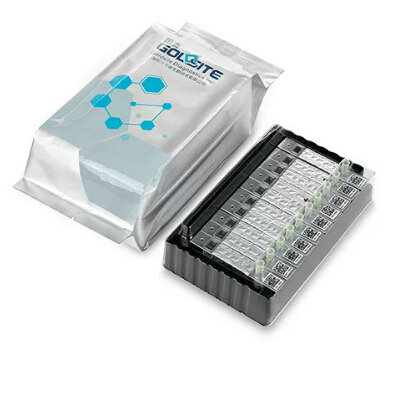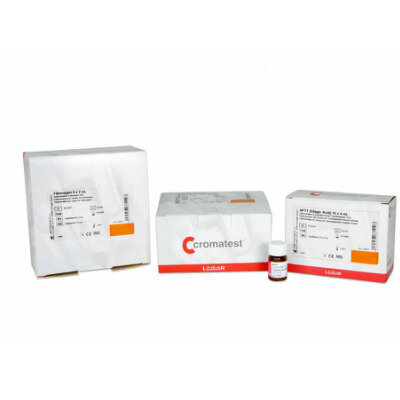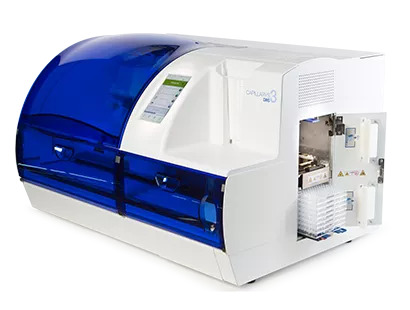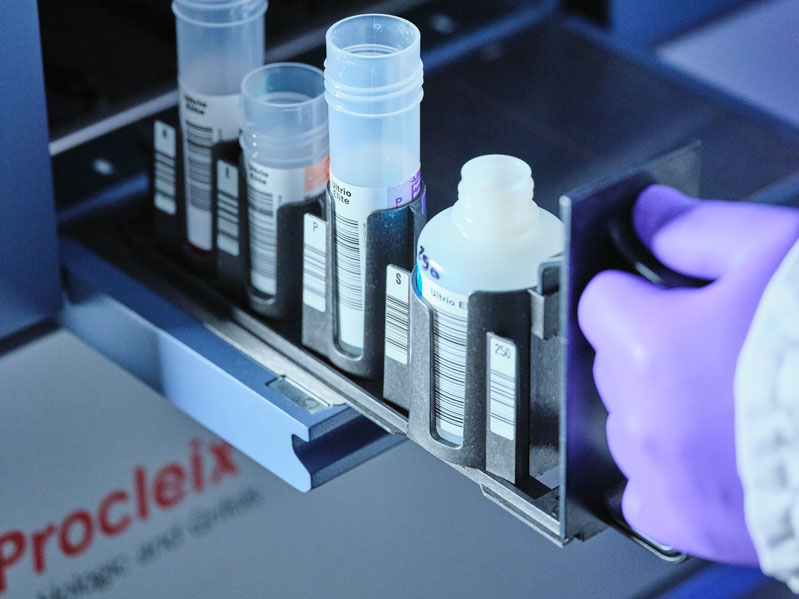Prothrombin Time Derived from POC Test Compared to Laboratory Test
By LabMedica International staff writers
Posted on 18 Feb 2015
Prothrombin time/international normalized ratio (PT/INR) is used for dosing and monitoring oral anticoagulant therapy (OAT) based on warfarin, as the therapeutic range of warfarin is narrow and there is a considerable variation in inter- and intra-individual pharmacologic response.Posted on 18 Feb 2015
One of the most widely used point-of-care (POC) devices to evaluate prothrombin time for monitoring oral anticoagulant therapy is unlike other laboratory methods, as it detects electrical signals produced by thrombin activity to derive the international normalized ratio (INR).
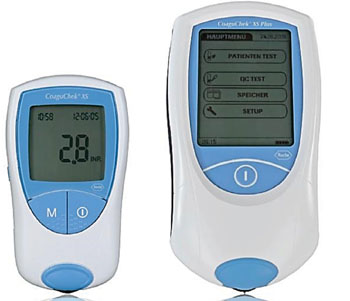
Image: The CoaguChek XS system for Prothrombin time/international normalized ratio (Photo courtesy of Roche diagnostics).
Scientists at Yonsei University College of Medicine (Seoul, Korea) collected 91 venous blood samples submitted for fibrinogen testing to the clinical laboratory. Platelet-poor plasma was obtained by centrifugation. The fibrinogen level was measured using Fibrinogen-C XL reagent (Instrumentation Laboratory; Milan, Italy) via Clauss method using ACL TOP (Beckman Coulter; Fullerton, CA, USA). Samples were selected after fibrinogen testing according to the fibrinogen level. PT INR was measured by both the laboratory method and CoaguChek XS (Roche Diagnostics; Mannheim, Germany).
The samples were stratified into low, mid, and high fibrinogen groups by fibrinogen levels of <130 mg/dL, 130–450 mg/dL, and >450 mg/dL, respectively. The mean INR difference of the low fibrinogen group was significantly different from that of the mid or high fibrinogen group. In the low fibrinogen group, CoaguChek XS INR showed a negative bias compared with the laboratory INR, while the mid and high fibrinogen groups had positive bias.
The authors concluded that that patient selection according to fibrinogen status should precede the implementation of POC testing using CoaguChek XS. Also, periodic comparisons between CoaguChek XS and laboratory INR results should be continued during the use of CoaguChek XS. The study was published on January 31, 2015, in the Journal of Clinical Laboratory Analysis.
Related Links:
Yonsei University College of Medicine
Instrumentation Laboratory
Roche Diagnostics







